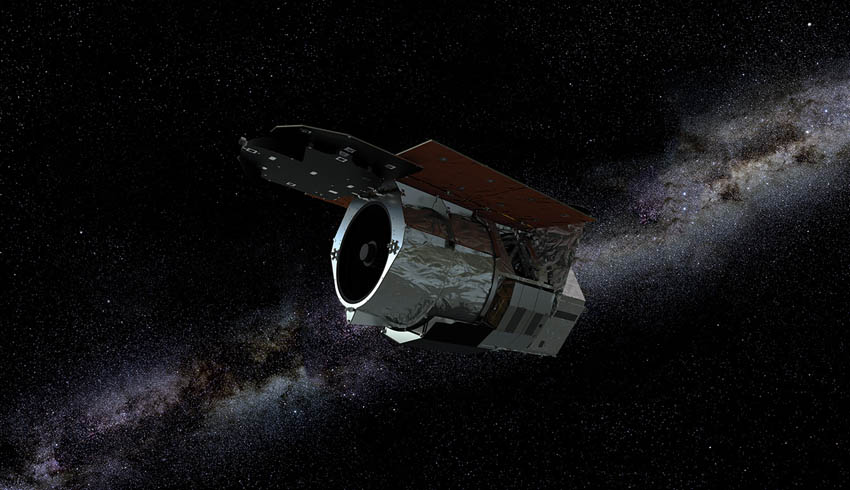Scientists have discovered that a mysterious pressure dubbed “dark energy” makes up about 68 per cent of the total energy content of the cosmos, but so far we don’t know much more about it.
Exploring the nature of dark energy is one of the primary reasons NASA is building the Wide Field Infrared Survey Telescope (WFIRST), a space telescope whose measurements will help illuminate the dark energy puzzle. With a better understanding of dark energy, we will have a better sense of the past and future evolution of the universe.
Until the 20th century, most people believed that the universe was static, remaining essentially unchanged throughout eternity. When Einstein developed his general theory of relativity in 1915, describing how gravity acts across the fabric of space-time, he was puzzled to find that the theory indicated the cosmos must either expand or contract.
Olivier Doré, a research scientist at NASA’s Jet Propulsion Laboratory in Pasadena, California, and leader of the team planning the first two survey methods with WFIRST, said, “The WFIRST mission is unique in combining these three methods. It will lead to a very robust and rich interpretation of the effects of dark energy and will allow us to make a definite statement about the nature of dark energy.”
Einstein made changes to preserve a static universe, adding something he called the “cosmological constant”, even though there was no evidence it actually existed. This mysterious force was supposed to counteract gravity to hold everything in place.
However, as the 1920s were coming to a close, astronomer Georges Lemaitre, and then Edwin Hubble, made the startling discovery that with very few exceptions, galaxies are racing away from each other.
The universe was far from static – it was ballooning outward. Consequently, if we imagine rewinding this expansion, there must have been a time when everything in the universe was almost impossibly hot and close together.
Previous missions have gathered some clues, but so far they haven’t yielded results that strongly favor one explanation over another. With the same resolution as Hubble’s cameras but a field of view that is 100 times larger, WFIRST will generate never-before-seen big pictures of the universe.
The new mission will advance the exploration of the dark energy mystery in ways that other telescopes can’t by mapping how matter is structured and distributed throughout the cosmos, and also by measuring large numbers of distant supernovae.
The mission will use three survey methods to search for an explanation of dark energy. The High Latitude Spectroscopic Survey will measure accurate distances and positions of millions of galaxies using a “standard ruler” technique.
Measuring how the distribution of galaxies varies with distance will give us a window into the evolution of dark energy over time. This study will connect the galaxies’ distances with the echoes of sound waves just after the big bang and will test Einstein’s theory of gravity over the age of the universe.
Discovering how dark energy has affected the universe’s expansion in the past will shed some light on how it will influence the expansion in the future. If it continues to accelerate the universe’s expansion, we may be destined to experience a “big rip”.
In this scenario, dark energy would eventually become dominant over the fundamental forces, causing everything that is currently bound together – galaxies, planets, people – to break apart. Exploring dark energy will allow us to investigate, and possibly even foresee, the universe’s fate.

